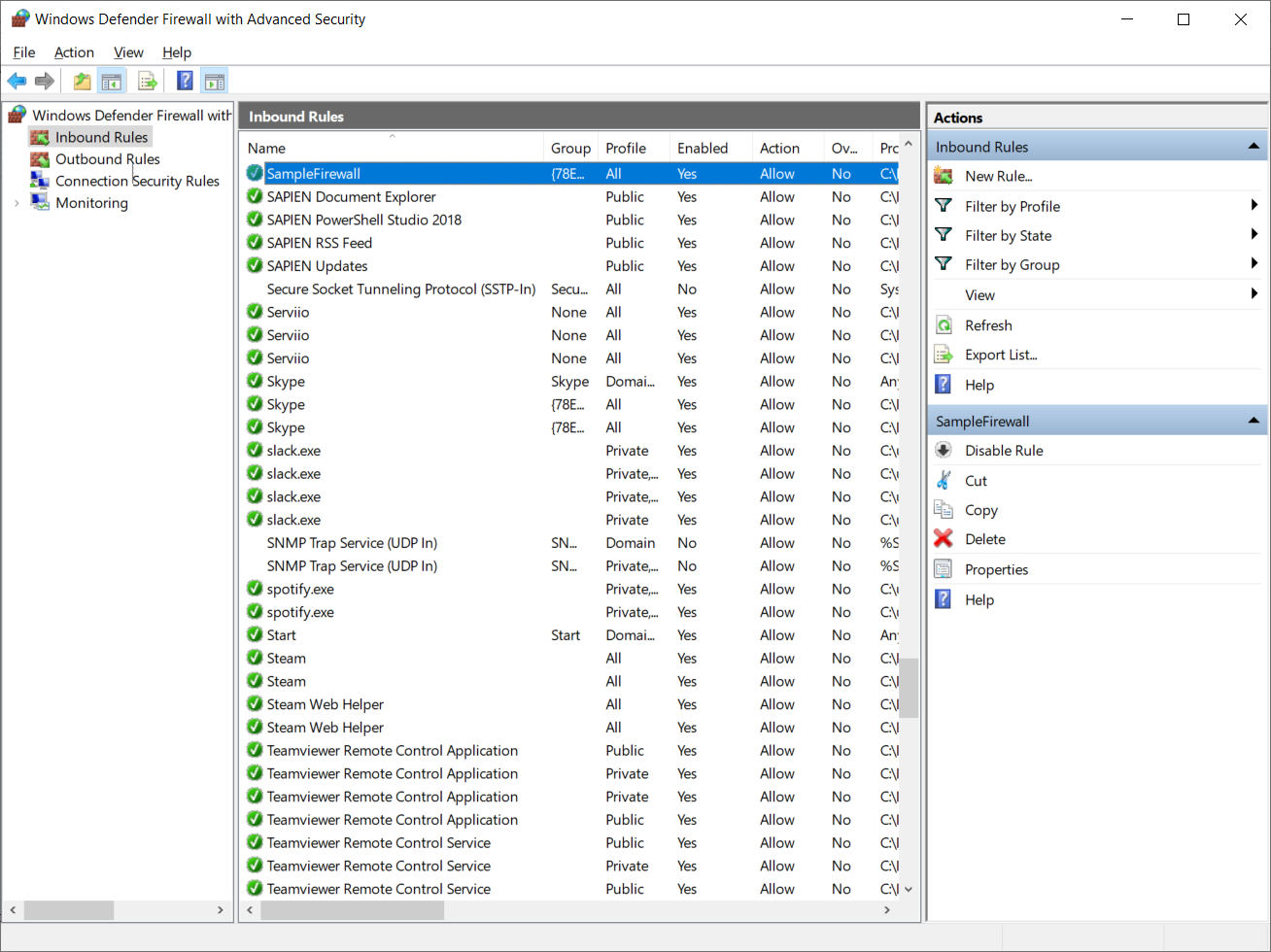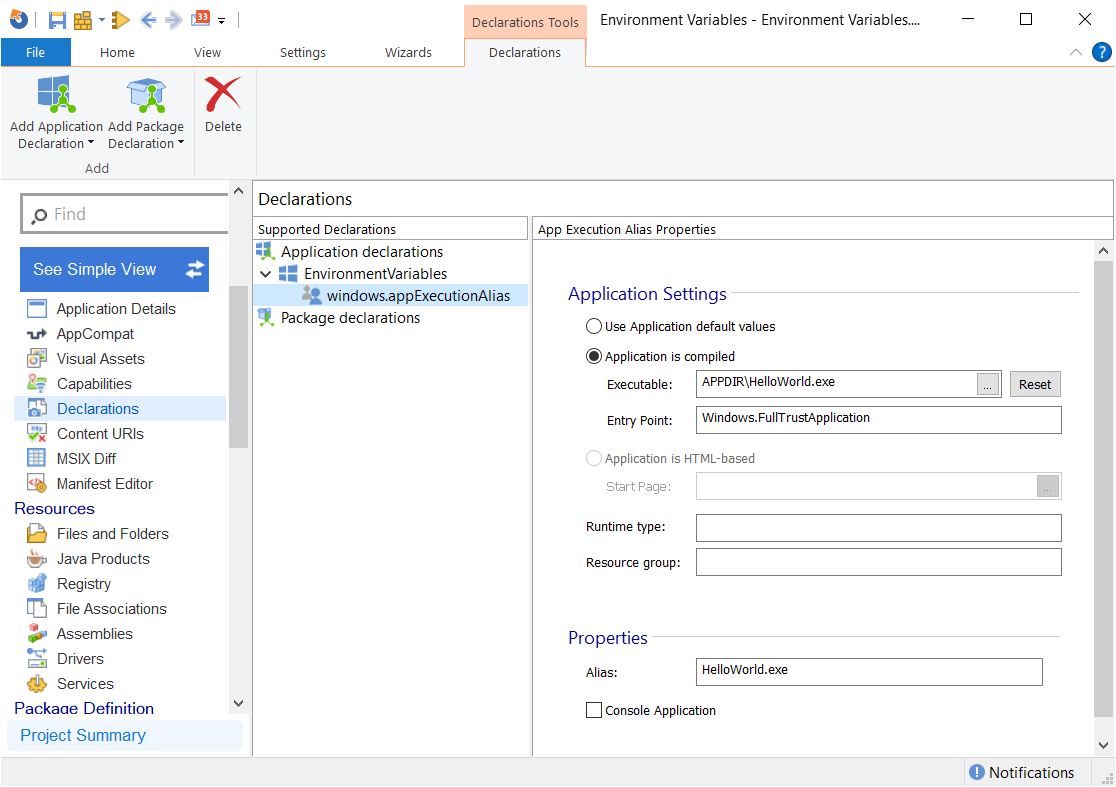
I'd recommend to use a reference VM to capture the package, rather than the local machine.

You will need to provide credentials for logging on to the VM - if you just installed from media and didn't domain join or configure anything, this would be the username/password entered during OOBE. You can then select the VM from the dropdown list.

Select Application Package and then if you created a reference VM, select Create package on a local virtual machine.

For this kind of re-packaging it's always a good idea to have a clean reference machine. The re-packaging tool basically monitors the system for changes to the file system and registry after the application installer has been executed. There are many tools available, one example is Advanced Installer who do a free 'Express' version for MSIX re-packaging, but for the purposes of this post I will be concentrating on the Microsoft MSIX Packaging Tool, available from the Microsoft Store. As we're most focussed on deploying existing applications with MEM, I'll look at re-packaging over creating our own deployments. There are a few different ways to create an MSIX package. Installing the packaging tool and pre-requisites

I have also looked at MSIX App Attach for Azure Virtual Desktop in a separate post. In this post I will go through creating an MSIX package and how it can be deployed. You can read more on Microsoft docs about what MSIX packages are and how they work on Windows. Some of this is performed by redirecting read/write to certain locations to a per-user/per-package folder, which can then cleanly be removed. MSIX is a modern packaging solution designed to separate application and system states, and to be easy to cleanly uninstall. By Katy Nicholson, posted on 16 January, 2022


 0 kommentar(er)
0 kommentar(er)
